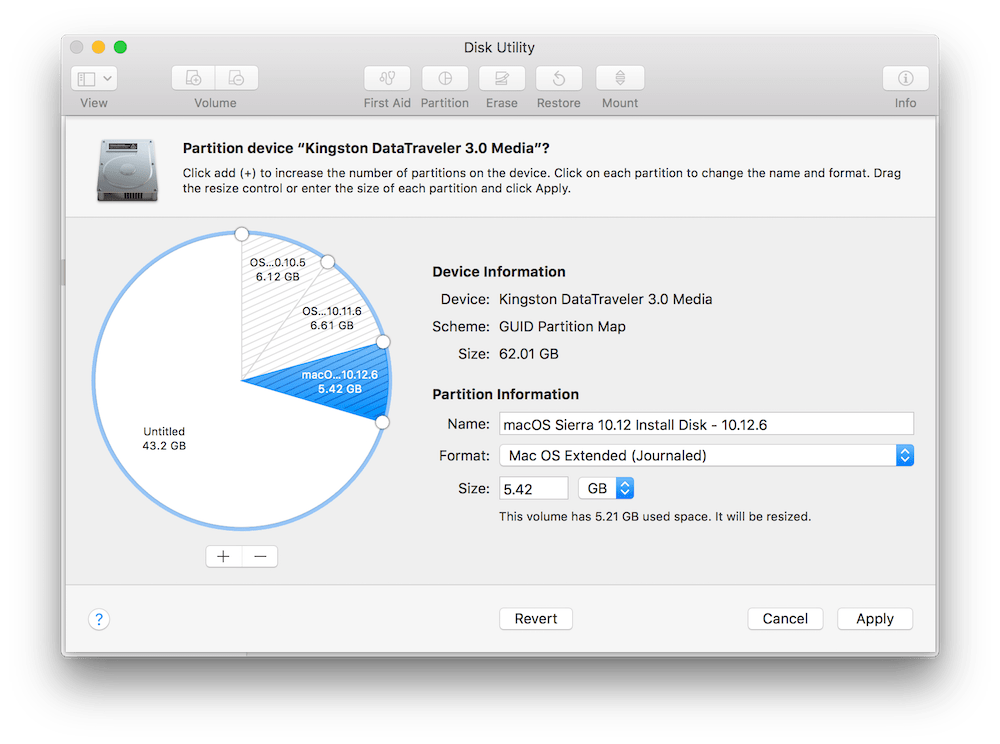

- DISKMAKER X COULD NOT CREATE ALIAS PRO
- DISKMAKER X COULD NOT CREATE ALIAS CODE
- DISKMAKER X COULD NOT CREATE ALIAS WINDOWS
New tool to make persistent live drives with casper-rw and home-rw partitions Or somewhere else, if you think there is a better place. Maybe we can help each other to write such instructions and store them on a new page at The instructions could be improved and more general. I think similar arguments apply for a home-rw partition. I did not do it, partly because there is no repair tool for udf, partly because it is fairly easy to replace ext4 with udf with a few command lines, and we can link to instructions for it. Some time ago we were talking about offering a choice of udf file system in the casper-rw partition.

Not difficult, but a fair amount of hard work to make it work well -)īut I am not sure that it is a good idea to add it to mkusb, because there are advantages with a single partition for persistence: In a fairly small USB pendrive, the risk of filling one of two small partitions is higher than the risk of filling one partition with the size of both those two partitions.
DISKMAKER X COULD NOT CREATE ALIAS PRO
How hard would it be to add home-rw partitions to mkusb? Maybe a mkusb pro version. So far in testing casper-rw files and home-rw files, (as found on a syslinux type USB's, ie UNetbootin), work in the same way as partitions but need to be mounted with sudo mount -o loop casper-rw /media/casper/ when worked on. Deleted any home folder from new casper-rw/upper/. Ran gksu nautilus, mounted and opened home-rw, moved, (Not copied), contents of /upper/home/ to root of home-rw. Made Persistent flash drive of new release using mkusb, created space for home partition using gparted.Ĭopied casper-rw partition from old USB to space on new USB using gparted, changed label from casper-rw to home-rw, closed gparted, removed old USB. It might be cool to keep a flash drive OS sync'd with a desktop computer.įYI, I avoid rsync more than I should so I used gparted to extract an existing home directory to a partition: I'm taking a look how this works with desktop /home partitions and/or directories. Rsync worked great maintaining permissions and all, (I prefer the grsync GUI if I gotta run rsync myself). Otherwise I can hardly guess (because it works for me).
DISKMAKER X COULD NOT CREATE ALIAS CODE
Please post the output between code tags like this Then you can paste the content of the file from the editor to an edit window here at the Ubuntu Forums and render it as code. When mkusb-dus has finished, you can mark all text, copy it to clipboard, paste it into an editor, and save it as a file. If you start mkusb-dus from a terminal window, you can capture the output.Ĭd 'directory-where-you-have-the-iso-file' Please try again, and come back to tell us the result. If there were only 2 partitions in the target drive after mkusb did its job, something went really wrong for you. Partition #5 is labeled 'casper-rw' and will store data (that makes the system persistent live). When creating a persistent live drive, mkusb creates 5 partitions. That way the partition table is wiped, and the previous content of the drive is no longer relevant. Mkusb starts by wiping the first mibibyte of the drive. Could that have thrown off the mkusb scripts? Thanks!
DISKMAKER X COULD NOT CREATE ALIAS WINDOWS
The target flash drive had 2 partitions (the wreckage of a Windows vs. The only thing that broke was the labeling of the casper-rw partition. It seemed to be doing a lot more than when I had used unetbootin and certainly created more partitions. Had I been thinking, I would have captured the output of the mkusb. The internal drive was a windows volume (because it had space). This was pretty much the procedure I followed.


 0 kommentar(er)
0 kommentar(er)
